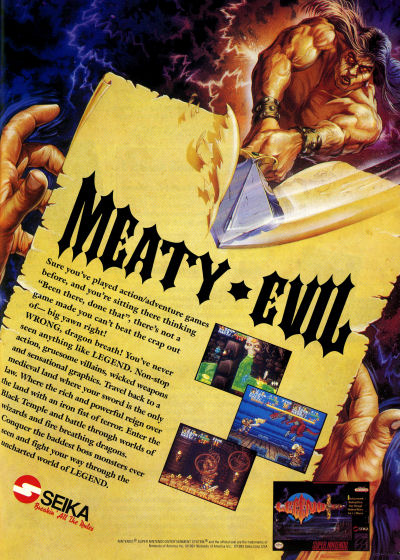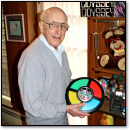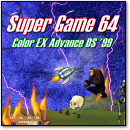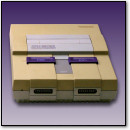[ Retro Scan of the Week ] Meaty Evil Legend
Monday, October 27th, 2014I thought I had some Halloween-themed scans saved up for this year, but it looks like I don’t. My magazines are in cold storage at the moment (buried somewhere under the Arctic tundra), so I can’t get to them to scan a new one.
Time to fall back on some old scans. This looks pretty scary, right? I wouldn’t like to run into that zombie warrior in person.
Thinking back, I recall that I scanned this particular ad for Seika’s Legend in 2006 while working on my Game Ads A-Go-Go column (Simon Carless thought of that name, by the way) for the now defunct GameSetWatch. Back then, I didn’t keep track of which issue each scan came from, so I’ll have to come back later and update the post when I run across the ad in a magazine again.
[Update: 09/07/2015 – I found the source for this scan and updated the info below.]
As for the game this page advertises, I know very little about it. I just now played Legend in a Super NES emulator to refresh my memory. It is a fantasy-themed arcade beat-em-up similar to Golden Axe. It controls like sludge (your guy moves with the speed and agility of a slug) but has two-player co-op (always a winning feature) and is fairly fun if you have the patience to stick with it.
Me? I don’t like walking at 0.3 miles per hour in a game, so I only played it for two minutes.
Discussion Topic of the Week: What’s your favorite beat-em-up game?















